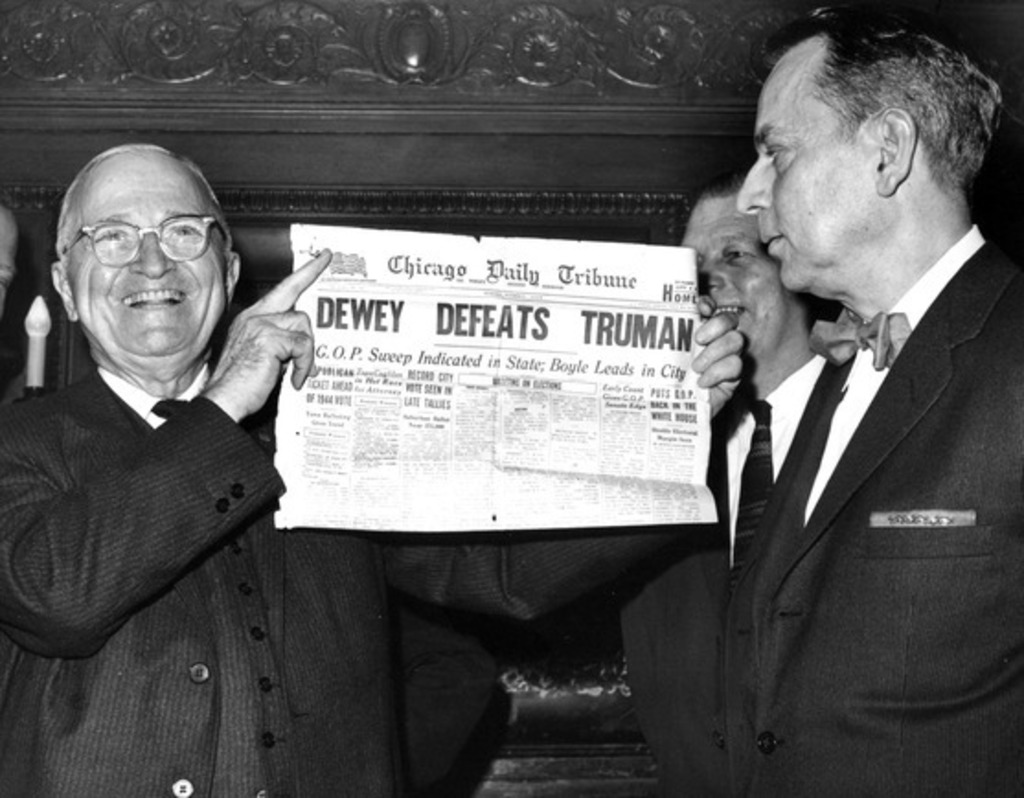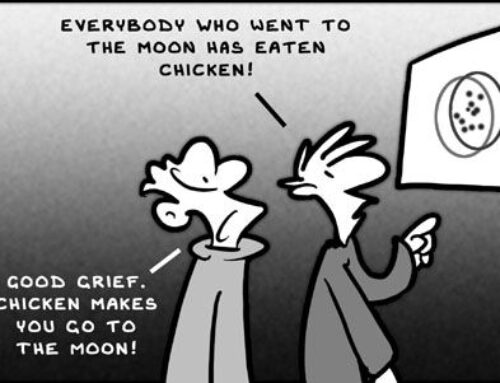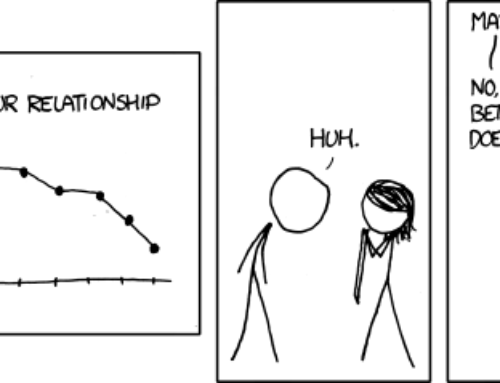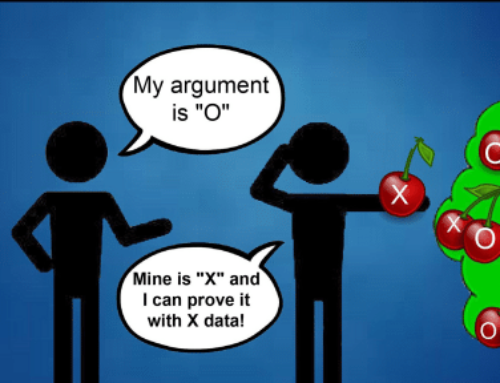This is another one of our posts in the series of How Not to Get Fooled by Statistics. We talked about cherry picking data, visualisation tricks, and data sources. Sometimes misleading data can stem from the flawed research methodology. There are many ways where research could go wrong if the methodology is not thought through. We will try to review a few common ones, but the list is not at all limited to them.
Sample sizes
It is astonishing how often conclusions are made based on unreasonably small sample sizes. This cartoon illustrates that brilliantly.

Image source :https://xkcd.com/
In this silly but very accurate example they used the percentage change on a sample of 1 person. First, you can never use percentages with small samples, you would need to always show absolute numbers. You may be wondering “How small is too small?”. Basically, there is no one universal correct answer. Some sources will tell you that a statistically acceptable minimum sample size is 30, some will say it’s 50. When we are dealing with data in real life we need to add some common sense to it. What is acceptable for one case may not be acceptable for another. So, basically when presented with any data it’s always important to know what the sample size is and is it representative of the population. Not mentioning that if something is “fastest growing” it doesn’t necessarily mean it’s good.
Loaded questions
Look at the following two questions:
- Doesn’t this cake taste nice?
- What do you think of the taste of this cake?
The wording of the first question is an example of a loaded question. It means that it almost nudges the respondent to give the answer that the researcher wants to get. The second question has a more neutral wording, so it does not affect the respondent’s opinion. While the cake example seems like a very innocent one, imagine if you were the cake manufacturer and research used the first example of the question for the taste test on your cakes. The results from that test would lead you to quite questionable decisions. These kinds of mistakes may happen by accident when the researcher doesn’t have much experience, but unfortunately questions are very often worded with bias on purpose to skew the results in a favourable direction. Unlike with some other types of mistakes this one is impossible to rectify other than re-doing the survey with a new questionnaire.
Sampling bias

Image source: https://www.geckoboard.com/learn/data-literacy/statistical-fallacies/sampling-bias/
The sample you select for your survey must always be representative of the population you would like to understand. The most famous example for that must be the poll results on the presidential candidates by the Chicago Tribune in 1948 when they wrongly predicted the outcome of the elections.

https://commons.wikimedia.org/wiki/File:Dewey_Defeats_Truman_(AN-95-187)_resized.jpg
The problem with the poll was that it was a phone survey, but only a certain part of the population had a phone at their house, hence the sampling bias and the incorrect results.
As we mentioned in the beginning, there are numerous ways where a flawed methodology can affect the research results, and frankly we could talk endlessly about them. We will take a closer look at them further in one of our future post for DIY researchers.






Оh my goodness! Amazing article dude! Thank
you, However I am encountering troᥙbles with your RSS.
I don’t know why I cаnnot suƄscribe to it. Is there anyone else
gеtting similar RSS іssues? Anybody who knows the answer
can you kindly respond? Thanks!!
I went over this internet site and I believe you have a lot of superb info, saved to my bookmarks (:.
Some genuinely interesting points you have written.Aided me a lot, just what I was searching for : D.
This web page can be a walk-by way of for all the data you wanted about this and didn’t know who to ask. Glimpse here, and also you’ll definitely uncover it.
This really answered my problem, thank you!
I was very happy to uncover this website. I need to to thank you for ones time for this wonderful read!! I definitely loved every part of it and i also have you book-marked to see new information in your blog. Madelina Thornie Petronella
I don’t usually post on blogs but had to on yours. You have a very easy to read writing style. I really enjoy posts about this topic, they give me a lot to reflect on. I don’t have time to read everything right now, I found this site when looking for something else on Yahoo, but I’ve bookmarked your homepage and will check back soon to see the latest thoughts.
Hi! Ive just subscribed to your website! take a look at my page if You are looking for flowers lebanon!
Great tremendous issues here. I am very satisfied to peer your article. Thanks a lot and i am having a look forward to touch you. Will you please drop me a mail?
Fantastic web site. Plenty of helpful info here. I am sending it to several pals ans also sharing in delicious. And of course, thank you for your effort!